Home security systems only impact your home’s well-being through consistent use. Remember that the people in your home are a part of any security arrangements you introduce. Make sure to be realistic about how much hassle is acceptable in the name of security.
Find Top-Rated Home Security Pros
Compare Quotes1. Give Your Home an Occupied Look
Most thieves visit neighborhoods looking for houses that appear undefended and unoccupied. An important part of home security is making your home look occupied at all times.
One big clue that you’re out of town is piling newspapers. Never allow newspapers to accumulate in your front yard.
Interior lights are also important in making your home look occupied. Not only should some lights be on, but the array of lights should change just as if you were home. The easiest way to do this is with timers.
Another very simple way to make your house appear occupied is to leave a TV or radio playing. Make sure the volume is loud enough to deter anyone from approaching your doors or windows.
Leaving a car in the garage or driveway can also be a deterrent. Ask a neighbor to park in your driveway if you’re going on a trip and not leaving a car at home.
2. Create Perimeter Defenses
Another important home security measure involves making it difficult to approach your home. In many parts of the world, a wall or fence is the primary home security tactic. But there are some shortcomings. Perimeter defenses sometimes give occupants a false sense of security. Complacency with your home security can lead to sloppiness when it comes to locking doors and windows. Perimeter defenses are most effective when they are monitored by cameras or motion detectors.
3. Light Your Entrances
For most homes, perimeter defenses are of little use. Most homeowners assume that their doors and windows are the next lines of defense. But effective lighting can stop burglars from getting that close. Thieves typically don’t want to be seen. Make sure the outside of your home is properly illuminated — especially entry points. Motion detecting lights work best for exterior security lighting.
4. Install Deadbolts and Peepholes on Doors
Doors are a primary focus when it comes to home security. Structural integrity and locks are the main security issues when it comes to your home’s doors.
Deadbolts are substantial locks that lock the door into the frame. Deadbolts come in keyed versions, which always require a key. Levered versions are also available which only require a key from the outside. If there is no glass nearby, the levered version is the best option.
Sliding glass doors present a special challenge. The simplest way to secure your glass door is to place a metal bar or broom handle inside the floor track. Screws at the top and bottom of the door control how the door sits on the track. Adjust the screws so the door won’t come free of the track.
Equip your front door with a peephole. A viewing port is an inexpensive device that allows you to check out a visitor before you open the door. Likewise, an intercom can allow you to communicate with a visitor before deciding whether to open the door.
Find Trusted Home Security Pros
Search Now5. Secure Your Home’s Windows
Your home may only have two or three doors, but you likely have a dozen or more windows. Burglars know that there is a good chance that at least one window will remain unlocked.
Most standard window locks are easy to pick or force open. Heavier locks will improve your home security. Window pins are another simple, inexpensive security tactic for double-hung windows.
6. Secure Your Home’s Access Points
Your exterior doors and windows are not the only access points to your home. Many thieves enter through garages as well. Aside from housing valuable items, your garage also provides access to your home.
Check to see if skylights, crawl spaces, attic vents or other openings provide burglars with access to your home.
7. Install an Alarm
In a neighborhood with an efficient police force, an alarm system only adds to your safety. Even in areas in which police response times are slow, the noise and attention of an alarm may well dissuade a burglar from sticking around.
The cost of alarm systems differs depending on brand and quality. A burglar can easily disable some of the simpler, less expensive detection devices. The more complex and unfamiliar the device, the more likely the burglar is to trigger the alarm.
Several factors drive alarm response times. The first factor is the effectiveness of the monitoring service you’re using. When considering a monitoring service, ask about average response times.
The second factor is protocol. Who does your alarm company call first? Make sure to clearly define who you would like your security company to contact first in case of an emergency.
The third factor is your emergency service response time. If you live in a rural area, expect longer response times than in an urban setting.
8. Keep a Record of Your Valuables
Most area police departments encourage homeowners to take a photo inventory of their valuables. Photographs of especially valuable items like artwork and antiques can help police recover goods.

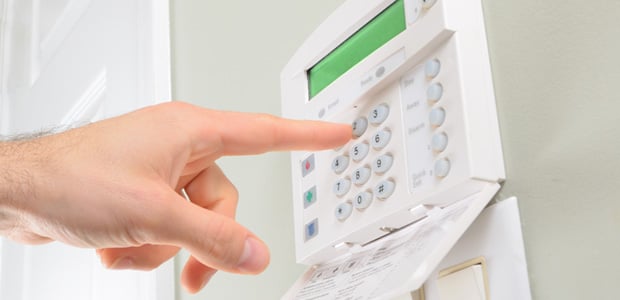
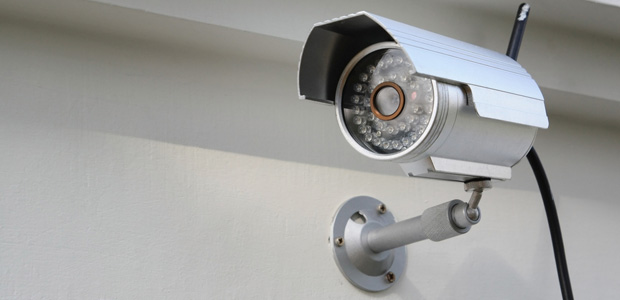
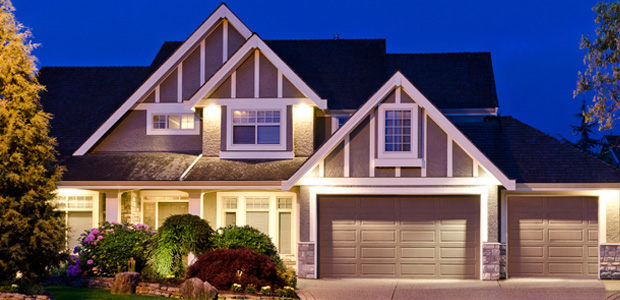


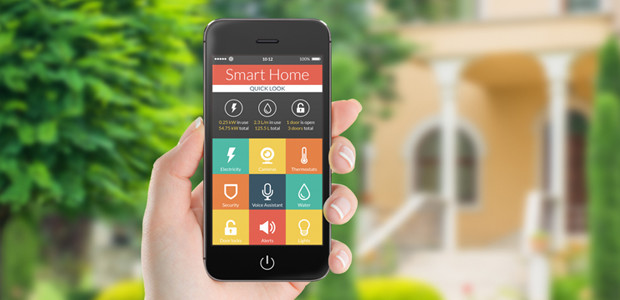 Your Guide to
Your Guide to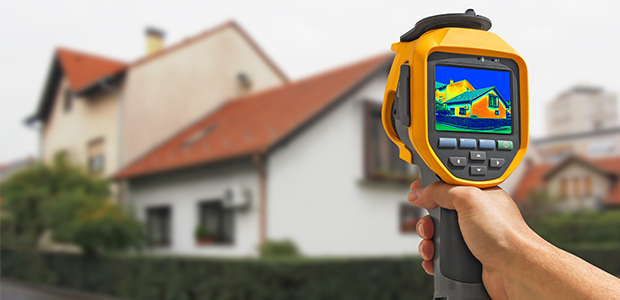 Improve Your Home’s
Improve Your Home’s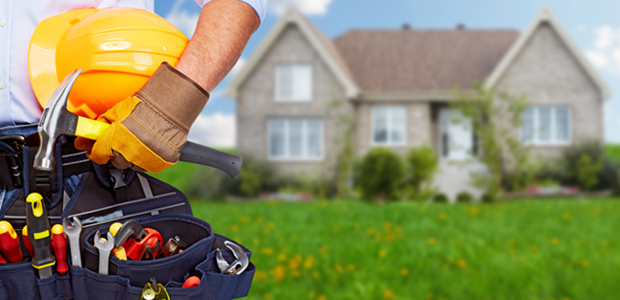 Handyman Services
Handyman Services